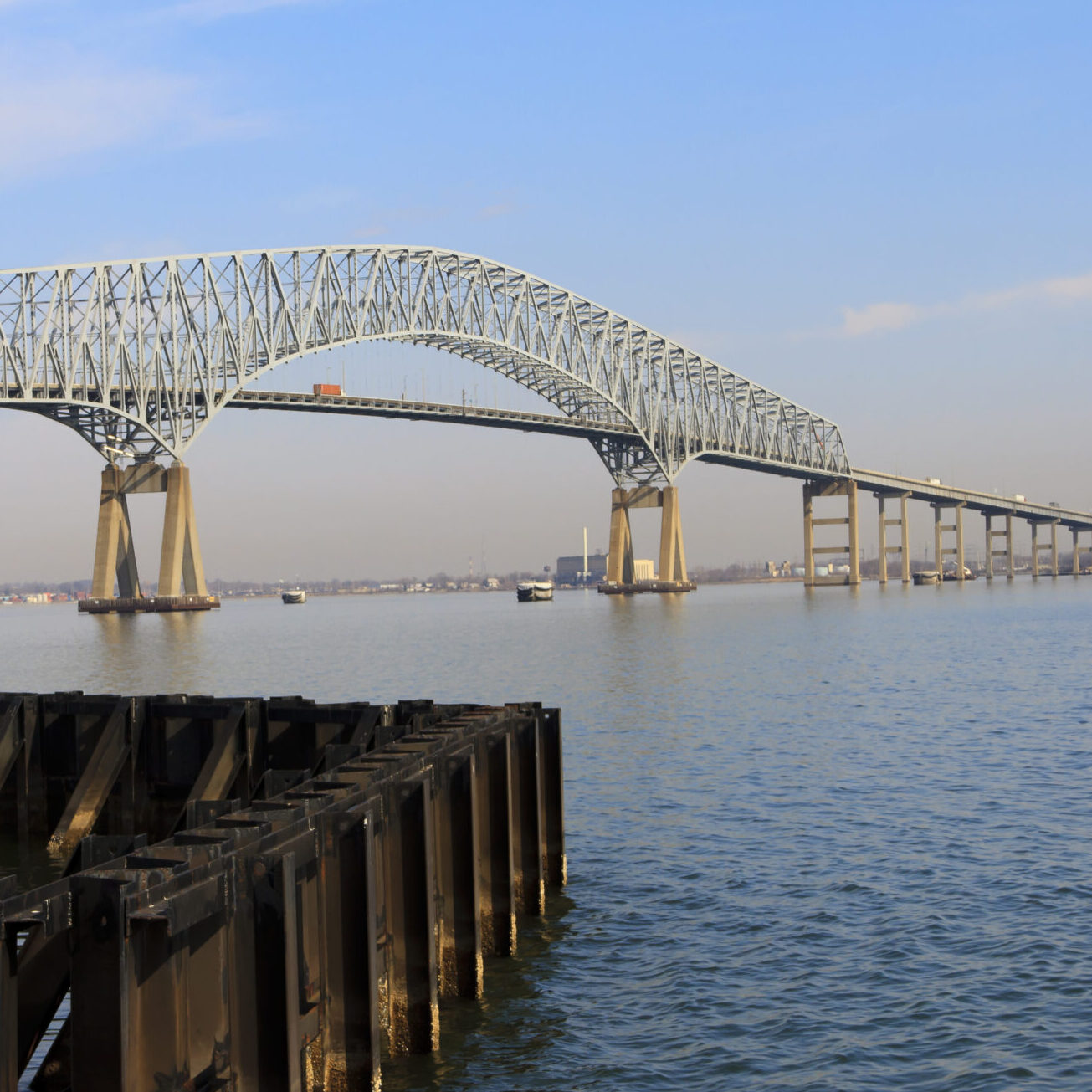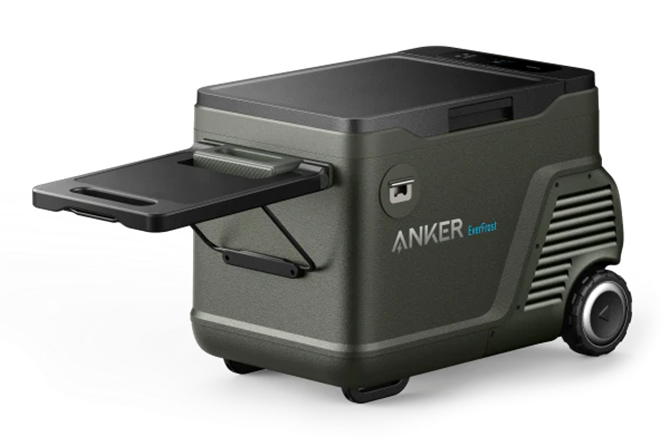
Sifting Through the Ashes
November 10, 2021
This article is originally co-authored by George McMullin and Andrew Bennett as a publication of CLM, July 2021. Legal opinions may vary when based on subtle factual differences. All rights reserved.
Fires in structures under construction have increased since 2010, according to the National Fire Protection Association (NFPA), and investigations of these events provide a different level of complexity than fires in fully occupied, finished structures.
The subrogation aspect can be just as convoluted when pursuing a recovery. Due to the complex nature of the structure itself, and the relationship between the investigation and subrogation efforts, it is imperative for investigators to leave no stone unturned and gather as much quality information and evidence as possible throughout the process.
Initial Investigation Issues
Buildings under construction or under renovation are inherently vulnerable during the construction process. These structures are typically vacant and difficult to secure. The origin and cause investigator must consider the potential of an unauthorized person gaining access to the building as part of the investigation process. Not only could this issue impact the investigation, but also any potential target of the subrogation efforts may attempt to argue that the fire was caused by such unauthorized persons.
Additionally, automatic fire suppression systems may be disabled or not installed yet, and a fire watch may or may not be required, depending on NFPA standards and the authority having jurisdiction. The lack of a functioning fire suppression system or a fire watch may increase the damages sustained to the property, which could complicate the origin and cause investigation, but it may also provide the subrogation professional with an alternative theory of recovery: If the fire suppression system or a fire watch was required, but a contractor or other third party failed to ensure that such protections were in place, then the subrogation professional may be able to pursue a claim for those additional damages incurred because the fire suppression system was not functioning or a fire watch was not implemented.
Further complicating the origin and cause investigation in structures under construction is the fact that fire departments in many jurisdictions take a defensive approach to structures under construction due to their potential instability and related hazards posed to emergency personnel. If the fire department takes a defensive posture, then the damage to the building is typically more severe, which makes the investigation into the origin and cause more difficult.
As structures under construction are difficult to secure, the origin and cause investigator must determine whether the fire was the result of an intentional act. Even if the investigator determines that there is no evidence of an intentional act, he must be able to eliminate that possibility if the subrogation professional is going to be able to pursue a claim against a responsible third party. Prior thefts, graffiti, or vandalism at a structure cannot be overlooked during the investigation, as this demonstrates that the structure may not have been adequately secured. Such a weakness in securing the property makes it more difficult for the origin and cause expert to eliminate an intentional act by unauthorized parties as a potential ignition source.
Potential Ignition Sources
During the initial investigation, the origin and cause investigator needs to identify the potential ignition sources within the area of origin. Unfortunately, the number of potential ignition sources in structures under construction or renovation varies depending on the progress of the project. In addition to typical ignition sources associated with the structure, such as electrical distribution systems or appliances, a construction site contains equipment and construction materials that may not be as easily identified as potential ignition sources.
According to the NFPA, the most common causes of fires in structures under construction are electrical failures, cutting or welding operations, and heat sources that are too close to combustibles. The cause that leads to the most direct property damage involves electrical distribution systems and lighting equipment. Intentionally set fires cause the second most property damage.
Interviews are integral to identifying or eliminating ignition sources, as well as establishing a timeline of events. Even if the specific source of ignition cannot be identified, knowing the potential sources available at the time can prove vital to identifying potential subrogation opportunities.
Early Involvement
While having an investigator at a fire scene as soon as possible is essential to the success of any investigation, it is even more critical for a structure under construction because of the nature of the project. As time passes, workers at the scene become hard to locate, security camera files can be overwritten, companies can restrict access to employees, and environmental hazards can hamper the outcome. Municipalities may require demolition within a certain time frame to allow roads to be opened or adjacent structures to be reoccupied and minimize business interruption.
Additionally, because most construction projects have a timeline for completion, if the structure is not completely destroyed, the general contractor has an interest in repairing the damages and getting the project back on schedule as quickly as possible. Unfortunately, the clean-up and repairs of the construction site could impact the investigation and/or the carrier’s subrogation efforts. Therefore, it is important to get an origin and cause investigator who is familiar with the needs of the subrogation professional to the fire scene as quickly as possible.
Interviews with those who first observed the fire can range from security personnel to laborers working in the area or involved with the incident. Security personnel are normally required to perform patrols at certain intervals, and there is typically formal documentation of their actions. Some companies have incorporated applications on tablets or phones to record the security measures taken. Employees might take photographs during their security checks or enter a record of their patrol into a log. If any photographs are taken, they can provide important documentation as to the condition of the structure or location of items prior to the fire. Previous thefts or vandalism are ordinarily logged by security personnel and could provide an additional source of information about what occurred at the property in the hours, days, or weeks prior to the fire.
While the information collected during these interviews may assist the origin and cause investigator in his investigation, this information may also provide the subrogation professional with information that may identify an alternative theory of recovery in those situations where the cause of the fire is classified as undetermined.
Involving other experts—such as fire protection engineers, mechanical engineers, electrical engineers, or civil/structural engineers—early in the investigation may assist in determining the cause of the fire and may also identify other alternative theories of recovery. There have been fires where the specific cause was not determined, but due to investigators examining all areas of the loss, the failure of the automatic fire suppression system was identified and a form of recovery was made.
Scene Safety
In addition to the issues outlined above, the origin and cause investigation in a structure under construction or major renovation poses additional safety concerns and complexities than is typically encountered in an investigation of an occupied structure. For example, structural integrity is always a primary concern for an investigator of a structure fire, but this is more difficult to evaluate for a project under construction because an investigator is sometimes unable to determine whether there are structural components that have not yet been installed, or are incomplete, and how these components may impact structural integrity.
The use of drones can assist in providing initial assessments of questionable or inaccessible areas. Structures with basements or underground garages pose the hazard of being flooded from fire suppression efforts, due to an inability to drain properly. Heavy equipment may be required to move building components during any examination, but also to provide a safer environment for the examination. Regardless of the efforts or measures required to gain access and enable the investigative process, the scene should be secured throughout the investigation by fencing and security personnel to avoid spoliation disputes or a loss of evidence from the property.
Communication Is Key
While early involvement of the origin and cause investigator is critical to determining the cause of the fire, early involvement of the subrogation professional is equally important to the carrier’s recovery efforts. As discussed above, investigating a fire in a building under construction poses several unique considerations that could impact the investigation. Unfortunately, some of these considerations could also increase the investigation costs associated with the claim. Therefore, it is important for the investigator and the subrogation professional to communicate throughout the investigation process.
Additionally, having an origin and cause investigator who is familiar with the needs of the subrogation professional is critical for the carrier’s recovery efforts. Given the destructive nature of fire, it may be the case that the cause of the fire is undetermined. However, there may be an alternative theory of recovery related to fire spread issues. The information needed to determine whether such an avenue of recovery is available is typically gathered by the origin and cause investigator during his initial investigation.
Some of the information gathered during the investigation may not directly relate to the cause of the fire, but it may help the subrogation professional identify an alternative theory of recovery. For example, if the fire is determined to be arson by an unidentified person, then the likelihood of recovery for the fire damage is limited. However, if, during the interview of the security guard, it is revealed that the security guard forgot to lock the gate before leaving for the day or failed to make the required rounds throughout his shift, there may be a claim against the security company. Alternatively, maybe the origin and cause investigator determines that the fire suppression system had been installed, but during the testing of the system earlier in the day, a contractor failed to re-energize the system prior to leaving.
In situations like this, it is possible that the subrogation professional is able to pursue a claim against the responsible third party even though the cause of the subject fire is undetermined. However, if there is not clear and frequent communication between the subrogation professional and the origin and cause investigator throughout the investigation process, these potential opportunities could be missed.
Communication with the origin and cause investigator may also identify claims where the costs associated with further investigation are not warranted. When an investigator identifies that further investigation will be expensive and has limited likelihood of success, good communication will enable the subrogation professional to decide to save the investigation expenses. It is this type of coordination of efforts that make this relationship so important to the entire process.
While fires in structures under construction create unique challenges for the origin and cause investigator, the subrogation professional should not assume that the investigation is a lost cause. If the investigator and the subrogation professional communicate throughout the investigation process, these claims can provide viable avenues of recovery.
Working through the loss in a detailed and scientific manner with a properly managed team of forensic investigators, adjusters, and subrogation professionals may make the difference when identifying the origin and cause of the fire, identifying a potential avenue of recovery, or identifying a claim that does not warrant further investigation expenses. Regardless of the outcome on any particular file, a strong working relationship between the origin and cause investigator and the subrogation professional is the key to the investigation process.




